Donaldson, G., Lee, S. & Mazmanian, S. Gut biogeography of the bacterial microbiota. Nat Rev Microbiol 14, 20–32 (2016).
https://doi.org/10.1038/nrmicro3552
- The gut microbiota is spatially stratified along the longitudinal and cross-sectional axes of the gut. Chemical and nutrient gradients, antimicrobial peptides and physical features of the gut contribute to differences in microbial community composition in different locations.
- The mucosal and lumenal microbiota of the gut represent distinct microbial communities. On a smaller scale, patchiness within these communities suggests that they are highly spatially organized.
- Diet imparts a large effect on microbial colonization and relative abundance, but some bacteria can thrive independently of dietary changes by living on host-derived nutrients such as mucin glycans. Therefore, the mucus layer can harbour a reservoir of bacteria that is maintained regardless of food intake. The appendix and colonic crypts may also be examples of such microbial reservoirs.
- Only a subset of gut symbionts are able to access the epithelial surface. Mucus, antimicrobial peptides and adaptive immune activity limit tissue accessibility. Direct interfacing between the host and microbial symbionts may be important for the maintenance of homeostasis.
- Immunomodulation by certain symbionts allows the host to tolerate intimate relationships with potentially beneficial microorganisms. This may be a way in which commensals distinguish themselves from pathogens and prevent their elimination by the immune system.
- Although many diseases have been associated with dysbiosis, an understanding of the function of the microbiota in health and disease requires the biogeography of the community to be considered. Recent studies in humans have found differences specific to the mucosal community in cases of inflammatory bowel disease and hepatic encephalopathy.
Abstract
Animals assemble and maintain a diverse but host-specific gut microbial community. In addition to characteristic microbial compositions along the longitudinal axis of the intestines, discrete bacterial communities form in microhabitats, such as the gut lumen, colonic mucus layers and colonic crypts. In this Review, we examine how the spatial distribution of symbiotic bacteria among physical niches in the gut affects the development and maintenance of a resilient microbial ecosystem. We consider novel hypotheses for how nutrient selection, immune activation and other mechanisms control the biogeography of bacteria in the gut, and we discuss the relevance of this spatial heterogeneity to health and disease.


